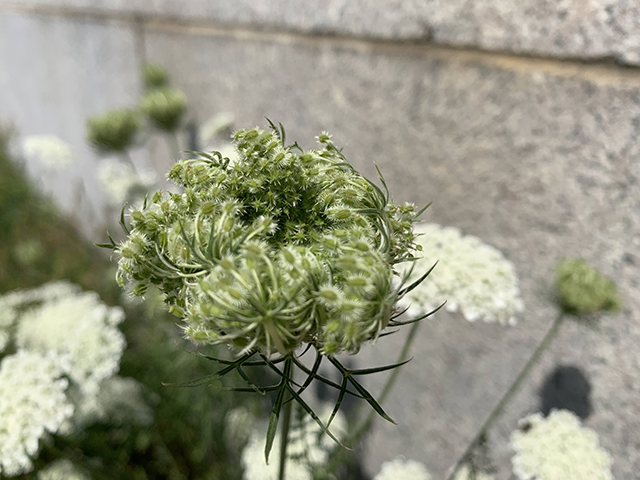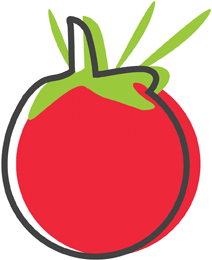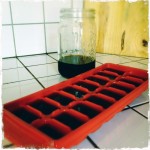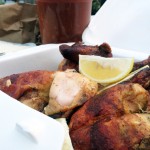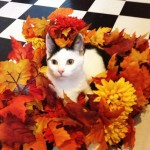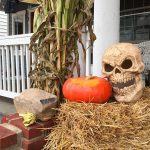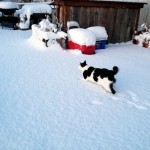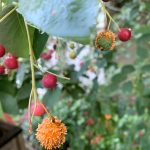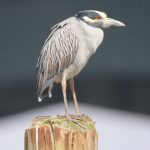Queen Anne’s Lace. What’s a Weed?
My friend Maggie Scott works for the NYC Parks Dept. Every time we hang, it turns into a deep garden-talk session. Last week, I ran into her at a girl’s dinner hosted by our mutual friend Jodi Jordan Mulvanerty. I mentioned how beautiful the Queen Anne’s Lace (Daucus Carota) looks right now by the 100th precinct and she agreed.
Queen Anne’s Lace is a wildflower in the northeast but it’s generally considered a weed. You’ll find it growing in a crack on the sidewalk or in a vacant lot. I’ve recently seen them growing on the median on Cross Bay Boulevard. But really, what’s a weed? One wouldn’t realize that the two foot tall “weed” will start to flower beautifully in late summertime. When Queen Anne’s Lace blooms, the plant produces tiny white flowers that are clustered to form a billow – like an elaborate gown of lace. Sometimes a red flower will appear from the umbel. The leaves look like ferns but much smaller in size. If you notice that type of leaf, don’t remove the plant! With such elegance, how can a species like this be considered a weed?
According to telaflora.com, “Legend has it that Queen Anne, the wife of King James I, was challenged by her friends to create lace as beautiful as a flower. While making the lace, she pricked her finger, and it’s said that the purple-red flowers in the center of Queen Anne’s Lace represents a droplet of her blood. In the language of flowers, Queen Anne’s Lace represents sanctuary.”
My mother-in-law Maureen Walsh of Walsh Properties is always posting flower photos on facebook. She posted a picture of Queen Anne’s Lace and my neighbor Ann Kirby-Payne commented that she had the flower in her wedding bouquet.
Another commenter, a family member, Millie Sarnecky mentioned placing the flowers in a vase of colored water and then watch it turn color overnight! This would be a fun project for kids and adults, maybe using beet juice as a natural dye.
Queen Anne’s lace is actually a wild carrot and the roots are edible. The time to harvest is when the plant is young, before it becomes woody. But please beware! Poisonous hemlock looks very similar and a small amount of that plant can cause respiratory failure. Maggie told me a funny way to distinguish the two from each other. Just remember, The Queen has hairy legs! The stem and leaves of the wild carrot, (Queen Anne’s Lace) have tiny hairs on it, hemlock does not. Also the root of D. Carota smells like a carrot, hemlock does not. I wouldn’t advise foraging for this plant unless you have experience. I don’t want to be responsible for an “Into The Wild” situation.
However, I would encourage you to pick the flowers and create a beautiful floral bouquet for your dining table. I’ll do this often in the summer — free flowers for inside the home arrangements are unbeatable. Bring the garden inside, as I always say.
In summary, before you pull weeds out randomly give a second thought. There are late-bloomers in Rockaway that are beautiful and important to our ecosystem. As a part two, next week I’ll be discussing the importance of Goldenrod. It has been purposely planted in Rockaway for the monarch migration.
If you’re interested in gardening, cooking, cats, or if you want to stalk a Rockaway B-Lister, find Paula on instagram @theglorifiedtomato
Previously published in The Wave.
